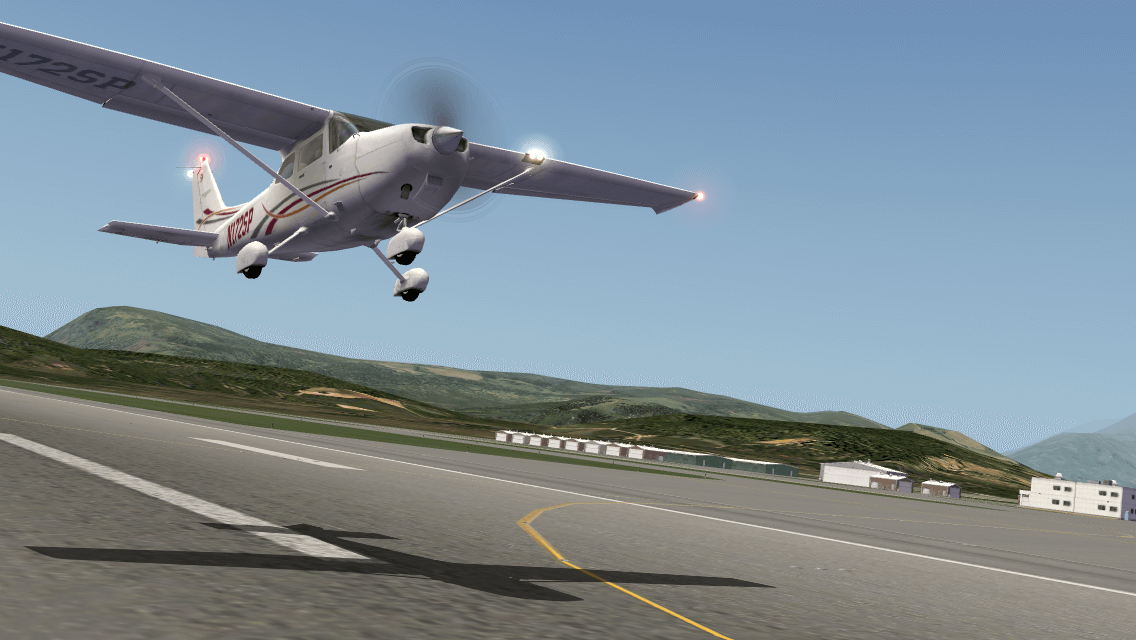Flying Solo – My Personal Experience
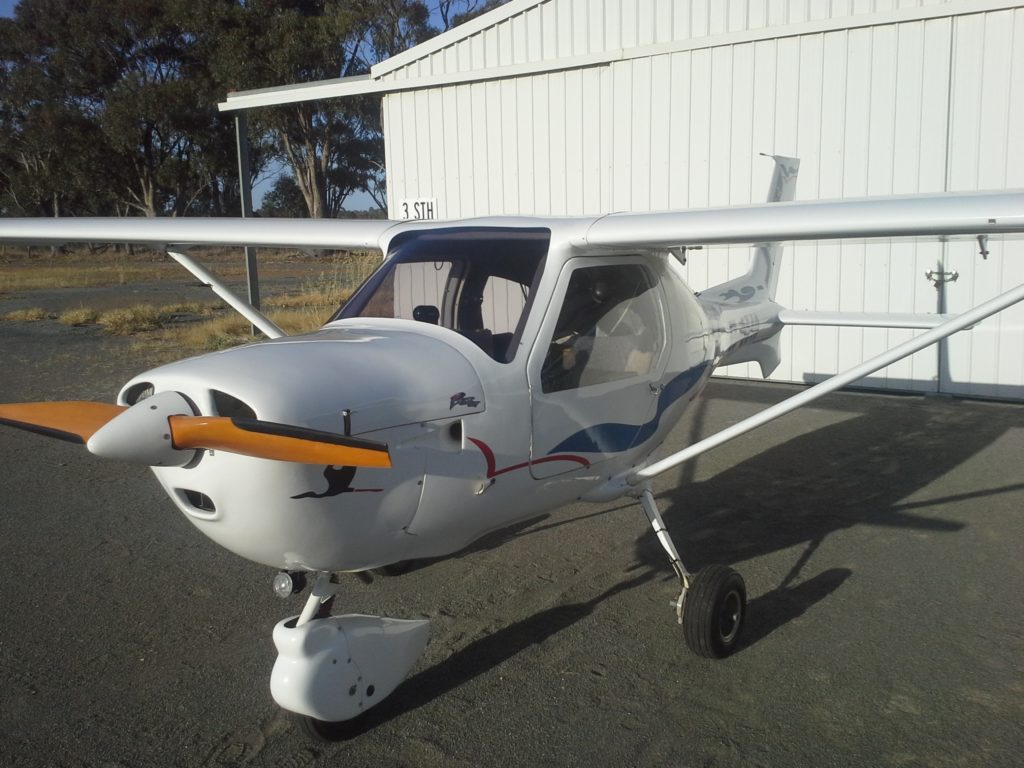
Flying solo only comes from a lot of practice and good training as well as with a good amount of confidence. When you fly solo in an aircraft everything is down to what you do next. It could be everything from an air to air with another aircraft, a stall resulting in a crash or the smoothest landing you have made in your life. The range of possibilities is certainly endless as are the challenges. So what do you need to know fly solo? Let me share my own experience in real world flying.
Skills Needed.
First you need the the most basic of flying skills such as taking off and landing techniques. Remember the take off is optional but landing is mandatory. You have to be able to handle your aircraft with confidence before your going to be let loose on your own in any aircraft.
You require to have good control of both speed and decent rate as well as knowing when to flare to make that magic touchdown so you can gently lowering the wheels to kiss the tarmac or grass just right. You also have to convince the instructor sitting next to you that your ready to be let loose on your own. This is a privilege you must earn from being consistently on the money with all aspects of your flying.
- Flight Simulator Gear – AMAZON.com
- NVIDIA – AMD – INTEL GPU Options – AMAZON.com
- PREBUILT Gaming PC Options – AMAZON.com
Getting to Flying Solo – My Story.
I decided to get my pilots licence back in 2005. It was a life long dream of mine so I headed down to Hartwick Air at Parafield Airport and introduced myself. It wasn’t long before I found myself checklist in hand preflighting a Diamond DA-20. This wasn’t an unfamiliar situation with 20 years working on military aircraft in the RAAF and with BAe Systems in the Middle East where I did this on a daily basis on fighter jets.
I climbed into the left seat of the DA-20 with my instructor in the right who proceeded to take me through he start procedure. It wasn’t long before we were ready to taxi and we headed off to the run up bay and the runway. It was different getting control as the aircraft used differential breaking to turn like a tail dragger. This caught me out and I nearly turned the DA-20 into another aircraft parked next to me. Somewhat embarrassed I got the aircraft moving in the right direction and we made it to the runway after doing an engine run up.
My First Flight – Flying Solo!
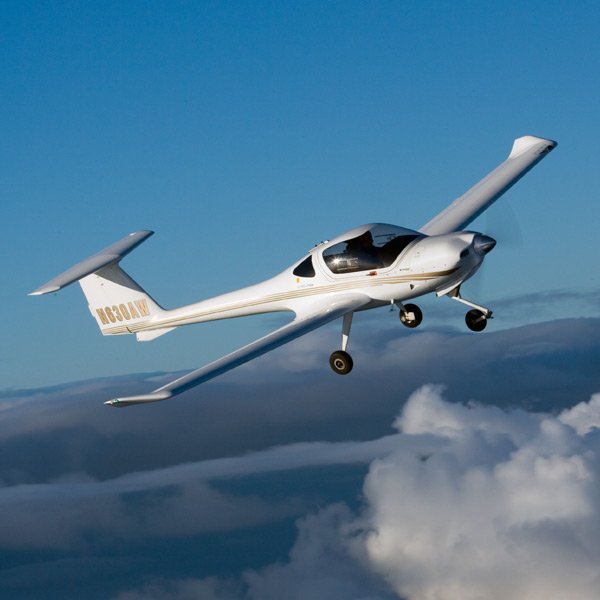
We taxied out and lined up on Runway 23 and the instructor help me control the aircraft as it accelerated down the wide tarmac runway. The instructor guided me through the takeoff to the point of rotation and initial climb out. Once we were clear of the ground he gave me full control of the aircraft as we maintained the climb to altitude. I was somewhat surprised him handing me the controls so quickly in the flight but I felt at home with the controls. The control stick was positive as were the rudder pedals under foot. We made a turn towards the training area as we climbed upward.
Needed to Trim
I felt the controls starting to fight me as I maintained the Vy or best climb speed. I instinctively knew that I needed to trim the aircraft. I did so instinctively without asking the instructor that glanced at me surprised I think that I knew what to do. He remained quiet and continued to monitor me but smiled in acknowledgement. By pushed the electric pitch control on the joystick forward with my thumb I removed the back pressure I felt on the stick as the aircraft continued to climb at Vy.
The trim tab on the main elevator trim tab moves forcing the whole elevator to move just slightly. We flew out to do some basic turns and stalls before returning to Parafield Airport.
Do You Want Me to Land it?
On our return the instructor made the radio calls and I flew the aircraft with his prompts for distances and speeds. I had flown the aircraft down to about 150 ft on final and the instructor had not made a move to take control. I thought “Ok” I’ll land it then. I felt confident enough that I could land the aircraft and knew what was required. I decided to ask my instructor, “Would you like me to land or do you want too? Maybe this is where my first landing was postponed to the next flight as he took control and landed. I wonder to today If I had just continued would he have let me land it on my first flight. We will never know!
Flying & Landing the DA-20.
On my next flight we took off as normal and flew out to the training area. This was a navigation exercise in itself as we had to fly over the local suburbs to the river then make a turn to fly north above the river till we crossed the mouth of the river and entered the designated training area.
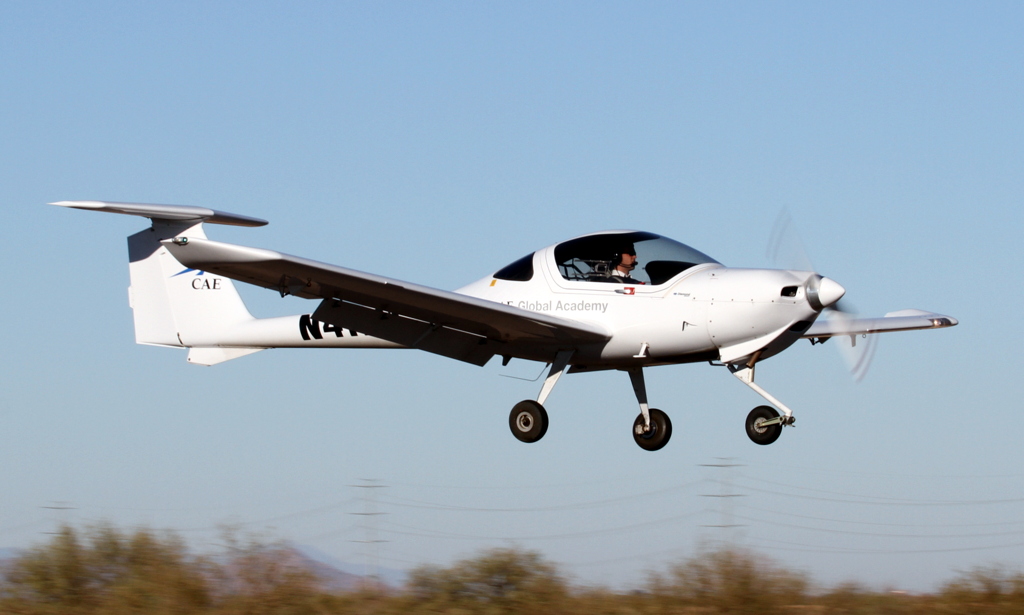
On our return from stalls and turns I flew the aircraft back as directed while the instructor who was a nice guy looked after the radios. It was a great flight and we achieved a lot. On returning I had to descend from about 3000 ft back to level off at 1500 ft before we left the training area. There is also a restricted area around the power station we had to remain clear of as we returned. Getting back to the airport is a challenge with normally two counter rotating circuits happening on parallel strips.
The Runways
Runway 05 L and 05 R would have twin engines doing a right hand circuit on 05R and single engine aircraft doing left hand circuits on R05L. Making sure you enter the circuit at the right place is imperative to not cause an air to air collision.
We entered the circuit heading downwind for R23L. I flew the aircraft while the instructor managed the radios.
It’s pretty full on when you just get started keeping correct distances and heights both from runways and other aircraft. The radio work is another piece of the puzzle that has to be integrated into the workload as soon as possible.
- Gaming Laptop Available – Amazon.com
- Monitor Options Ready – Amazon.com
- Force Feedback Joystick – Amazon.com
Landing
I managed the speeds and attitude as we descended just right down to the runway threshold. I just flew the aircraft concentrating on the task at hand this time. I didn’t worry about the instructor who was undoubtedly watching my every move I made. You have to be confident that if the instructor sees anything developing that’s going to be an issue he will just step in and fix the problem.
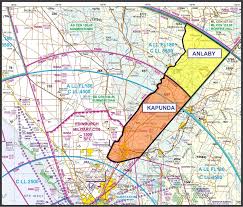
I flew the aircraft over the numbers and set it up nicely. Already close to the ground I reduced power to idle and just held the nose up so the aircraft didn’t fly into the runway. It maintained a few inches from the runway till it lost enough energy to remain airborne. I held it in the flare nicely holding my nose up just enough until the stall warning cried and the wheels kissed the runway. I had made my first landing. I was very excited. I was quite proud of myself.
Then came the end!
I did a number of more flights where I was doing double lessons as I had a good understanding. The instructor was very happy with the progress I was making and we even had a chat with the owner about doing a commercial licence.
Then I bought a new house and the funds dried up. I couldn’t reasonably afford the $220 dollars an hour so I put my dream on hold for a while. It would be a little while before I would go flying solo but it was destined to happen.
It was disappointing but the General Aviation path wasn’t what I needed. As always there is an answer to a question like this and I discovered Light Sport Aviation and my Galwer airfield only 15 minutes from home. Here Adelaide Soaring Club resided but they also had LSA aircraft in the Jabiru 160/170 and J-230. My dream was reborn at half the price but with some restrictions that aren’t really an issue so lets talk about LSA as an option.
Light Sport Aircraft – The Dream Continues !

I found Adelaide Soaring Club to be my answer. The cost was about half of GA flying and the instructors were all great. It was a very casual club which I liked a lot with a choice of flying days and instructors. ASC has the 80 Hp Jabiru 160 aircraft and were getting newer J-170’s that had wiglets and a different wing as well as a powerful J-160 120 Hp variant.
LSA flying is designed for recreational flying. You don’t need a medical as long as you have a drivers licence. There are some limitations such as you cannot fly into towered airports and controlled airspace. This leaves you with about 98% or more of Australia to fly around in. This isn’t really much of a limitation for me personally.
The maps following show the airspace around Adelaide and although it looks restrictive if you don’t understand airspace. It isn’t as the rings have higher and higher bases so you can fly under the airspace comfortably.Adelaide Airspace Map
Flying Solo – My first Solo!
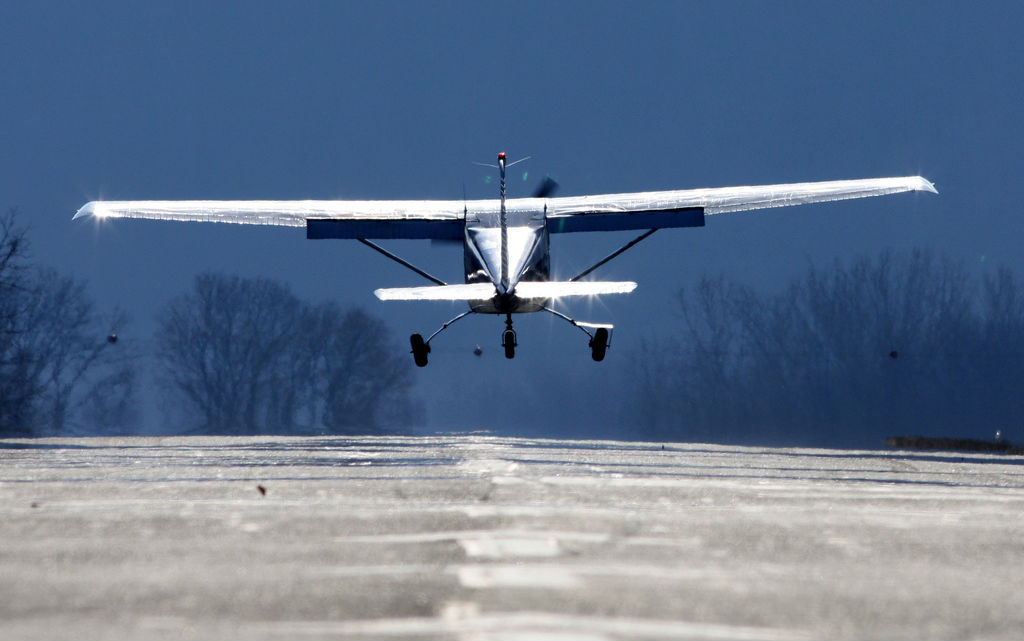
I recommence my flying journey flying the Jabiru J-160’s at the Adelaide Soaring Club and started working toward my dream of flying solo again.
I started again doing lots and lots of circuits broken up by trips out to the training area and practicing shallow and steep turns as well as stall detection and recovery procedures and a lot more.
The big day come to solo again when I had about 12 hours of flight time on the Jabiru’s. I had done a couple circuits with my instructor Graham and all was going really well. My mojo was good and I was landing really accurately. I was able to land on the takeoff strip which was the width of a single road on the side of the main runway.
This was frowned upon normally but was given me to do as a challenge. The tarmac surfaced area was there to protect the wooden props from stones on the very wide main runway which was packed gravel I guess.
I greased a couple good landings and I was asked to do a full stop and not a touch and go. I did this and as I stopped and turned the aircraft around to backtrack Graham said ok stop here and shut down. A little confused as I stopped he opened the door, looked at me and said “Ok You go do one by yourself”!
I was suddenly very nervous! I controlled the nervous energy and smiled as he closed the door. I leaned over and pushed the lock in place, took a deep breath and got to work starting the Jabiru. I was going to fly solo for the first time. I taxied back down the main runway after making a backtracking call so everyone knew my intentions.
Take Off Time.
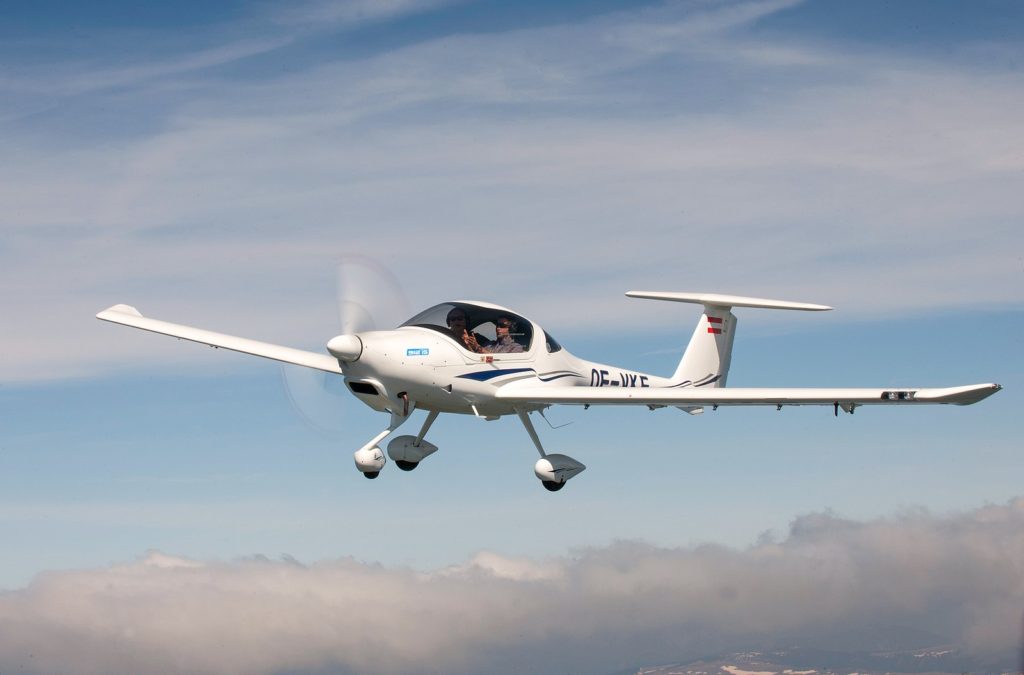
Reaching the end of the runway I turned the aircraft around and stopped on the takeoff strip. I did a check of the instruments, fuel ok, temps ok and flight controls smooth. I made a radio call announced my intention to takeoff. Pushing the power in to full the Jabiru sprinted forward and I pushed on the rudder pedals to keep her straight.
Keeping the Jabiru straight I reached rotation speed very quickly. Great performance even with only 80HP to call on. I gently pulled back on the center joystick and the nose rose gently initially but as the speed grew quickly she wanted to raise her nose even more requiring a good hold forward on the stick. I reached down to the center console and pushed the trim forward enough as to reduce the pressure required to maintain the desired 80 knots climb speed.
Reaching 500 Ft AGL i turned the aircraft left and continued to climb towards the downwind leg. I looked out for any aircraft joining the circuit, then down the path I would take and back on the ground for any aircraft or ultralights taxiing out. All clear I made my radio call then turned left and lined up parallel with he runway about half way down the strut of the aircraft. I checked my altitude, a little high and reduced power. I allowed the aircraft to settle and descend back to the correct 1000 ft agl.
On My Own is Surreal.
I took a deep breath and a quick couple second relax and surveyed the surroundings and most importantly the lack of someone in the seat next to me. Its amazing how that changes your whole attitude. The safety net is gone and its just you!
Checking my speed I was a little fast at 95 knots so I reduced throttle and re trimmed as the speed bled off. Getting to the end of the runway opposite where I planned to touch down I reduced power to get 80 knots. I extended the flaps by 10 degrees and the aircraft tried to balloon with the additional lift created by them. Re trimming again the aircraft was on height, speed and heading. I made a base lef radio call then checking visually again I reduced power so the VSI needle dropped to a decent of 500 ft per minute and maintained my speed of 80 knots.

Descending down the base leg I reduced power and adjusted my attitude to achieve 70 knots and maintained the 500 ft decent rate. As I approached the extended center line of the runway I made a final leg call, checked the runway was clear and made my turn onto final at 500 ft AGL and lined up allowing for any winds. Making the decision I could glide to the strip if the engine stopped I lowered the flaps to full and adjusted both power and trim.
The Landing is Mandatory!
I continued my approach with my heart beating pretty hard. Adjusting power and controls to keep lined up and on decent the runway came up quickly as I came over the boundary fence. Reducing power slowly I held the Jabiru off the runway and allowed the speed to reduce and the AOA increased a little as the aircraft slowed then settled unceremoniously onto the main runway. I had made it. My first solo was complete and now I felt like I was a pilot.
I slowed the aircraft with the break situated in the center console. Yes its a T handle break and pulled the aircraft up to a stop. I retracted the flaps, centered the trim quickly, made a backtracking radio call and made what was the short taxi back to the hangar to be met by my instructor Graham with as big a grin on my face as his as I pulled the aircraft up in front of the hangar and shut it down.
Conclusion – A Dream Realized!

Flying your first solo is an amazing achievement for a pilot. That first time on your own in an aircraft is a special and for some a daunting experience. Flying solo at anytime gives you the feeling of freedom as you climb and descend in a circuit or as you fly at thousands of feet above the ground even if its jut to visit a friend or another airport. Its not the destination, Its how you get there that matters. If your dream is to fly there are a lot of options from ultralights to LSA, gliders and general aviation. Its up to you! Don’t let life pass you buy and not fulfill your dreams. Life is to short to waste an opportunity like flying solo.
Author
Brendon McAliece (Aka Gunnie) is a military veteran with 23 years working on Jet Fighters, their weapons systems and ejection seat/module systems as well as munitions and R&D. Involved with flight simulation since the 1980s, he has flown all the major flight simulators over the years.
He is an Australian expat who has lived in Malaysia, UK, Saudi Arabia and more recently Thailand. He is a multi-lingual blogger who loves to share his life experiences here on LetsFlyVFR.com and DreamingGuitar.com, with his lifestyle and Travel experiences Blog plus his Dreaming Coffee website.
Learn More @ DreamingGuitar.com – DreamingCoffee.com – LetsFlyVFR.com
( HOME – BLOG – SHOP – ABOUT )
As an Amazon affiliate I may benefit from qualifying sales.
